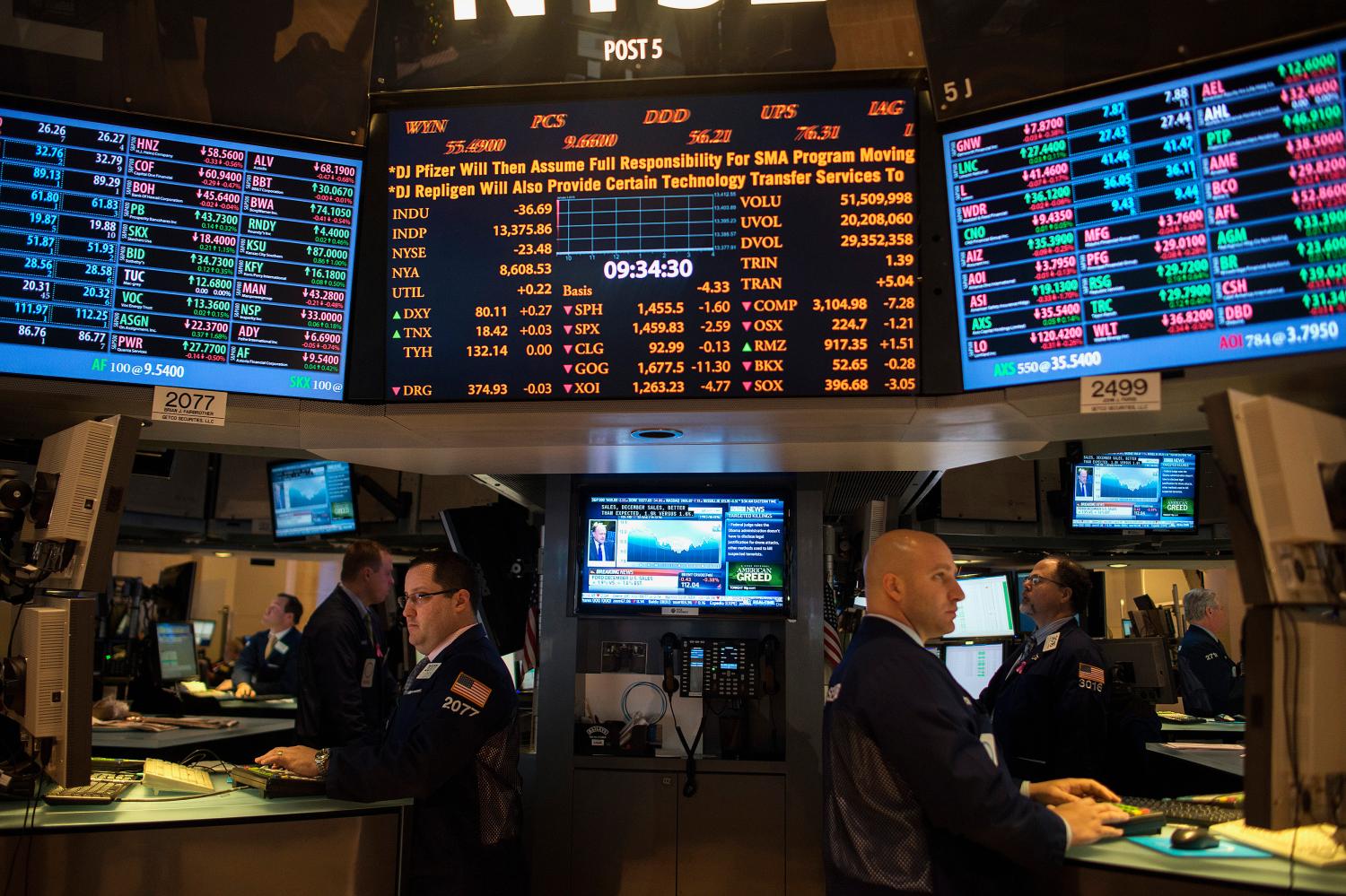The recent devastating global financial crisis has focused policymakers on sources of risk to the financial system that could have spillover effects on the economy as a whole. This search for “systemic risk” has ranged widely, going well beyond the banks that are at the heart of the financial system to include, among others: finance companies and other near-banks; insurers; financial utilities, such as clearing houses; various financial instruments such as derivatives and securitizations; financial market practices such as the use of repurchase agreements; and the asset management industry and its practices.
This paper will explore systemic risk in the asset management industry and the appropriate response by US regulators. This is a particularly important area, given the huge volume of assets under management, estimated at as much as $53 trillion[1].
Reference will be made from time to time to a report by the Office of Financial Research of the US Treasury Department (OFR) that was issued in September 2013 entitled “Asset Management and Financial Stability”. The Financial Stability Oversight Council (FSOC) had requested the OFR to study the asset management industry and its practices and their relationship to financial stability issues. The FSOC is a council of the top US financial regulators and is charged with watching over the stability of the US financial system. The Dodd-Frank Act that created the FSOC gave it, and the financial regulators that comprise it, very substantial authority to act to force changes that reduce systemic risk, if they believe it to be necessary. Choices made by the FSOC could have major effects on the asset management industry. Not surprisingly, the OFR report has gained considerable attention, despite its status as solely an initial background report for the FSOC’s use.
This paper will tackle the questions surrounding the potential for systemic risk to arise from, or be amplified by, the asset management industry and its practices. It will focus on the following questions:
- What is systemic risk
- How is systemic risk measured?
- What are asset managers?
- What types of asset managers exist and how do they differ?
- How do asset managers touch systemic risk?
- In what ways do asset managers create or amplify systemic risk?
- How should the FSOC reach a decision about SIFI designation?
- Should the FSOC designate any asset managers as SIFIs?
- How could the Fed supervise asset managers designated as SIFIs?
This is a large and complex topic, so the paper will necessarily be an introduction to the key issues rather than providing detailed, definitive answers.
The Economic Studies Program at the Brookings Institution, of which I am a Fellow, held a conference on December 16, 2013 in which we explored the OFR report and the larger questions of systemic risk in asset management. A number of leading thinkers gave their views, including Richard Berner, the Director of the OFR. I was both a moderator and a panelist and have drawn on my remarks in writing this paper. A transcript, and the PowerPoint slides from most of the presenters, are available at brookings-edu-2023.go-vip.net/events/2013/12/16-systemic-risk-asset-management-industry [2]
Before addressing these questions, it is worth emphasizing a viewpoint of mine that is often ignored in previous analyses. It is important that the net systemic risk created by the asset managers be considered in SIFI designation. It would be inappropriate and ineffective for asset managers to be viewed as responsible for actions that are essentially just the passing through of end-investor decisions. However, if it is true that asset managers are increasing the systemic risks or creating new ones, then it would indeed be appropriate to consider that net increase in systemic risk in the designation decision.
One might argue that it may be appropriate to regulate asset managers even if they simply transmit risk. One could create restrictions to reduce systemic risk, essentially using the convenience of asset managers as entities that can be regulated to deal with risks that arise from the underlying investors. For example, one might limit their ability to engage in fire sales in some manner. However, I believe this type of approach would be a mistake. It is likely to push investors’ money into channels that are not restricted in this way, dampening socially useful asset management activities and creating new regulatory risks. Mutual funds, for example, have worked quite well over the years as part of the US financial system and they operate under many constraints to protect investors. It would be a shame if a large part of their assets moved to channels with fewer regulatory constraints and less history by which to judge them.
[1] This estimate, from the Office of Financial Research report described in the next paragraph, includes double counting, as that report acknowledges. The true figure is likely substantially lower.
[2] The author would like to acknowledge the excellent assistance of William Bekker, research assistant in Economic Studies at Brookings. He also wrote the first draft of Appendices A and B.




